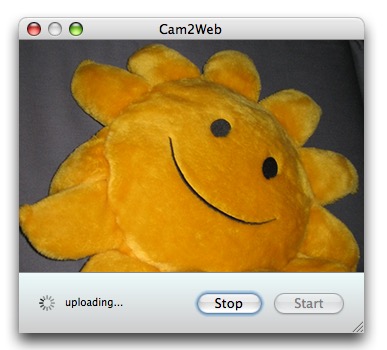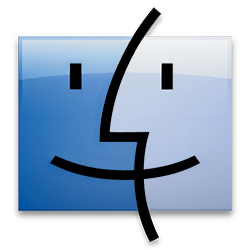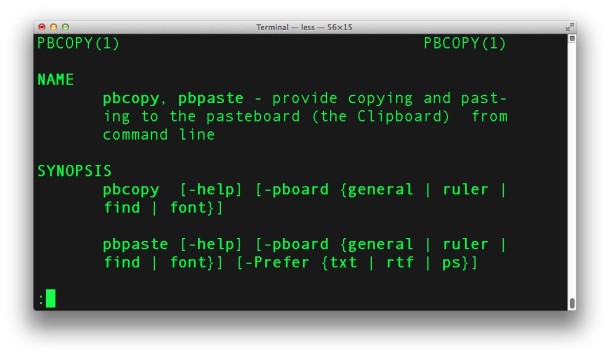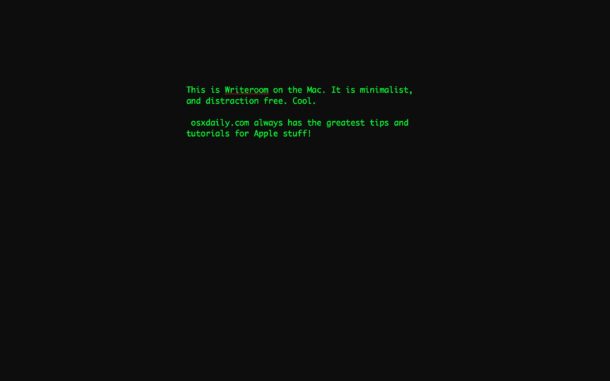Solid State Drives On Their Way
 According to this report we might see a portable Apple offering with solid state drives (or at least a hybrid) in the second half of 2007. This is very exciting for many reasons. Solid state drives do not fail nearly as much as spinning drives, they use less power and they generate less heat all while increasing performance. Obviously a “hybrid” solid state/spinning drive is still going to have moving parts, and therefore will continue to run a risk of “breaking”, but this is a giant step forward for solid state drive technology. Of course Apple is not commenting on the “rumor” at this point, but this is standard operating procedure for their Public Relations department. The first question that comes to my mind is whether or not I’ll be able to swap out my SATA drive for a new hybrid drive. I’d love to get more battery life from my MacBook Pro and it sounds like a solid state drive would be ideal. Exciting stuff from Cupertino!
According to this report we might see a portable Apple offering with solid state drives (or at least a hybrid) in the second half of 2007. This is very exciting for many reasons. Solid state drives do not fail nearly as much as spinning drives, they use less power and they generate less heat all while increasing performance. Obviously a “hybrid” solid state/spinning drive is still going to have moving parts, and therefore will continue to run a risk of “breaking”, but this is a giant step forward for solid state drive technology. Of course Apple is not commenting on the “rumor” at this point, but this is standard operating procedure for their Public Relations department. The first question that comes to my mind is whether or not I’ll be able to swap out my SATA drive for a new hybrid drive. I’d love to get more battery life from my MacBook Pro and it sounds like a solid state drive would be ideal. Exciting stuff from Cupertino!


 If you’ve ever launched Activity Monitor or the command line utility ‘top’ and been confused at some of what you see, you aren’t alone. Much of the output is self explanatory (like percentage of CPU usage), but some of it is meaningless without a little explanation, such as the specifics of the System Memory tab. A good read on the Bits About Bytes blog offers an explanation of wired, active, inactive, and free memory, and what all this means for your Mac and its performance.
If you’ve ever launched Activity Monitor or the command line utility ‘top’ and been confused at some of what you see, you aren’t alone. Much of the output is self explanatory (like percentage of CPU usage), but some of it is meaningless without a little explanation, such as the specifics of the System Memory tab. A good read on the Bits About Bytes blog offers an explanation of wired, active, inactive, and free memory, and what all this means for your Mac and its performance. This is a list of eleven startup key commands that every Intel Mac owner should make note of. From reseting your NVRAM, starting up in safe mode,
This is a list of eleven startup key commands that every Intel Mac owner should make note of. From reseting your NVRAM, starting up in safe mode, 

 Despite the recent news that Mac OS X 10.5 will be released a bit later than hoped for, development of Leopard is still chugging along just fine. Thanks to the Mac rumor site ThinkSecret, we are presented with a gallery of screenshots to show us more of what to expect. New features and improvements are showing up in each new release, with 9a377 bringing us a new airport utility, a new screensaver, improvements to preference panes, Spotlight modifications, and more. Check out ThinkSecret’s latest screenshot gallery for more:
Despite the recent news that Mac OS X 10.5 will be released a bit later than hoped for, development of Leopard is still chugging along just fine. Thanks to the Mac rumor site ThinkSecret, we are presented with a gallery of screenshots to show us more of what to expect. New features and improvements are showing up in each new release, with 9a377 bringing us a new airport utility, a new screensaver, improvements to preference panes, Spotlight modifications, and more. Check out ThinkSecret’s latest screenshot gallery for more: SeisMac hits high on the cool and innovation scale of Mac Apps, by turning your Mac laptop into a seismometer. OK, some of you are surely asking yourself: what the hell is a seismometer? The short answer: an earthquake detector! Actually it detects all seismic activity, not just earthquakes. SeisMac works by tapping into your Mac laptops Sudden Motion Sensor, and graphing any motion on three axes: up/down, side to side, and back & forth, it does this live, instantly producing several graphs. Be sure to check out the screenshots below, and download SeisMac!
SeisMac hits high on the cool and innovation scale of Mac Apps, by turning your Mac laptop into a seismometer. OK, some of you are surely asking yourself: what the hell is a seismometer? The short answer: an earthquake detector! Actually it detects all seismic activity, not just earthquakes. SeisMac works by tapping into your Mac laptops Sudden Motion Sensor, and graphing any motion on three axes: up/down, side to side, and back & forth, it does this live, instantly producing several graphs. Be sure to check out the screenshots below, and download SeisMac! MediaFork is a lot like HandBrake, which is fitting because it is based on it. It allows you to easily rip any DVD or DVD source folder to various movie files that can be played on your Mac, PC, and iPod. MediaFork was created because HandBrake development has stagnated, so it’s really taking off where Handbrake left off. Ripping a full DVD can take upwards of several hours, depending on the speed of your Mac’s processor, but after it’s done you can transfer it to whichever media player you deem fit. It is worth noting that MediaFork is issued under the GPL, meaning free!
MediaFork is a lot like HandBrake, which is fitting because it is based on it. It allows you to easily rip any DVD or DVD source folder to various movie files that can be played on your Mac, PC, and iPod. MediaFork was created because HandBrake development has stagnated, so it’s really taking off where Handbrake left off. Ripping a full DVD can take upwards of several hours, depending on the speed of your Mac’s processor, but after it’s done you can transfer it to whichever media player you deem fit. It is worth noting that MediaFork is issued under the GPL, meaning free!

